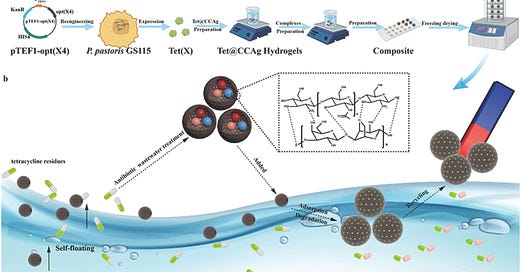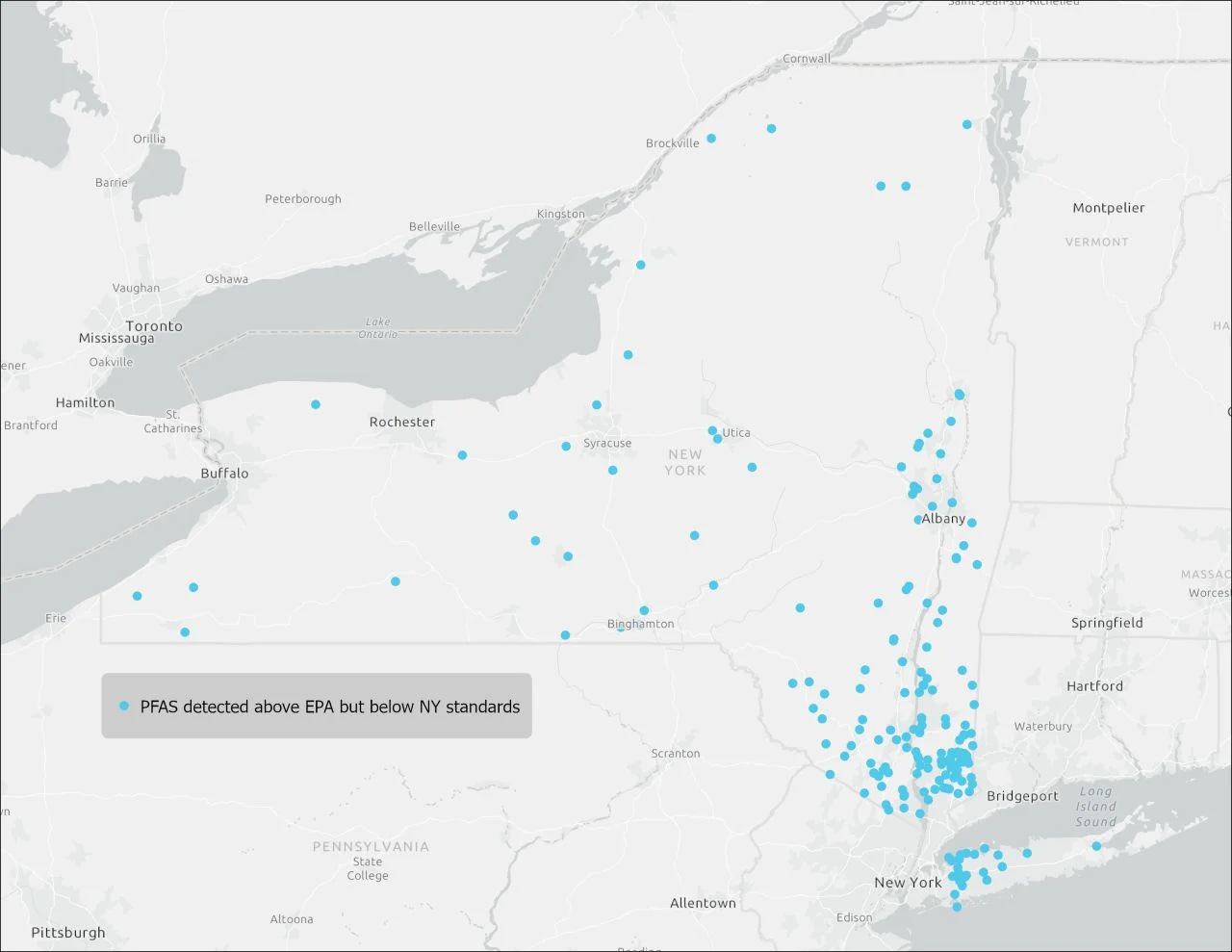Hey Readers,
After talking it through, the editorial team have decided (to the best of our abilities) to avoid talking about the ramifications of political decisions on access to clean water. We want to focus on the issues and the solutions being found the world over, without diverting focus to the politicians. That said, let’s get into the news and innovations that came our way this week.
Innovations Roundup
Eliminate PFAS and recovering high-value graphene
Rice University researchers have developed an innovative solution to the ever increasing problem of ‘forever chemicals’ in our water bodies. They devised a system that eliminates PFAS from the water body, but then for bonus points transforms the ensuing waste into high-value graphene. Current treatment methods are energy intensive and release hazardous fluorocarbons. The unique solution from the folks at Rice University offers a cost-effective and sustainable approach to environmental remediation of forever chemicals.
They start by using the most prevalent cleaning tool - Granular activated carbon (GAC). However when used to extract PFAS, the GAC becomes secondary waste as PFAS-GAC. By using a downstream process called flash Joule heating, they heat up the PFAS-GAC with sodium or calcium salts which serve as mineralizing agents. In the flash Joule heating process, a high voltage is applied to the mix, to generate temperatures exceeding 3,000 degrees Celsius in under one second. This breaks the strong carbon-fluorine bonds in PFAS, converting them into inert, nontoxic fluoride salts. This process is shown to have a >90% fluorine conversion and >99% PFOA and PFOS removal. Simultaneously, the spent carbon is upcycled into flash graphene, offsetting treatment costs by US$60–100 per kg.
Simultaneous removal of algal nutrients and pharmaceuticals
We’ve talked in the past about how pharmaceutical residue from humans and animals flow through our waste water into water bodies. However the water treatment plants are not equipped to pull these more persistent contaminants out of the water body. Researchers at the University of Illinois Urbana-Champaign and at China Agricultural University in Beijing have developed a method to remove these pharmaceuticals. What’s more, this too is a double-duty solution since it also helps extract plant fertilizers in the water, which being rich with phosphorus or nitrates — feed algal blooms. Their solution was to combine two treatment methods — wood chips and then charcoal / activated carbon — one after the other.
The wood chips remove the nitrates and the charcoal, once it’s first treated with materials like lime sludge or gypsum, works like activated charcoal to remove phosphorous. On average, this two-step process took out 77 percent of nitrogen from the nitrates. It also removed 99 percent of the phosphorus compounds that fertilize algal blooms. As for efficacy against pharmaceuticals, they tested it on four common medicines - Ibuprofen and naproxen (common over-the-counter pain relievers), a third drug sitagliptin, which helps control blood sugar and a fourth estrone which can treat low levels of a female sex hormone. On average, the system removed more than two-thirds of both pain relievers and more than 90 percent of the blood-sugar medicine. It worked even better against the estrogen-treatment drug, removing 97 percent!
Carbon composite to remove tetracycline antibiotics from water
Staying with the problem of persistent antibiotics in our water bodies, this next group of researchers wanted to address the issue of tetracycline. Tetracycline that enters our water bodies, results in the development and spread of antibiotic resistance, and disrupting useful microbial flora in the human intestine. You can read more about that here. This group of researchers at the South China Agricultural University, in Guangzhou, China have created synthesized a composite comprising carboxymethyl chitosan, agarose (Ag), Fe3O4, CaO2 and Tet(X4) a newly-identified tetracycline-inactivating enzyme.
This composite pulls the tetracycline out of the water body and the Tet(X4) degrades the drug to inactive residues. Additionally, the magnetic components in the composite help with recycling the Tet(X4), for downstream multiple use scenarios. In testing the composite was able to eradicate approximately 85 % the residual tetracyclines in various aqueous environments. What’s more, mouse experiments showed that the as-prepared composites are totally safe and will not cause metabolic and immune abnormalities in living animals/humans.
News Roundup
The folks at the EWG have been explaining the risks of PFAS for ages now. As per them ‘An estimated 189 New York drinking water systems, serving over 1.3 million people, have had PFOA and PFOS at levels ranging from 4 ppt and 10 ppt between 2023 and 2024. Without federal standards, these systems would no longer be legally required to install treatment technology to remove the cancer-causing PFAS from tap water.’
Read more on this in their detailed coverage.
The water fights are growing across the country. In this week’s example we have two cities and the Texas A&M University System suing to stop a project that would pump up to 89 million gallons per day of groundwater 80 miles away to other boomtowns in Central Texas. Read more reporting on this murky situation from the folks at Inside Climate News.
That is it for this Friday, until next week,
Peace!








